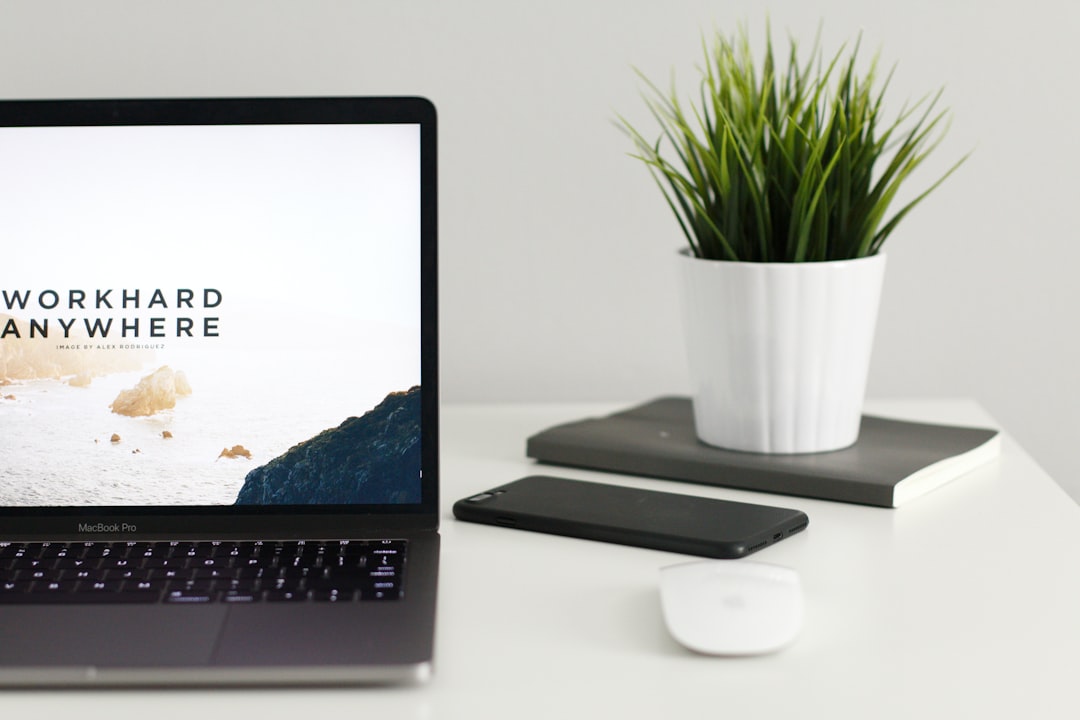Cloning a Mac’s drive is an essential task for users who want to back up, upgrade, or migrate their computers. While third-party applications offer robust cloning options, macOS comes with a built-in tool called Disk Utility that can get the job done for basic cloning needs. This detailed tutorial will guide users step by step through the process of cloning a Mac’s drive using Disk Utility.
Understanding Drive Cloning
Before diving into the tutorial, it’s helpful to understand what drive cloning means. When you clone a drive, you’re creating an exact, bootable replica of the original disk, including the operating system, applications, settings, and files. This is different from using Time Machine, which primarily backs up data but doesn’t create a bootable copy of your system.
What You Need Before Starting
- A Mac running macOS 10.13 High Sierra or later
- An external drive with sufficient storage capacity
- Backups of your important data as a precaution
The external drive must be either the same size or larger than your Mac’s internal drive. Also, ensure the drive is formatted correctly before beginning the cloning process.

Step-by-Step Guide to Cloning Your Mac’s Drive
1. Format the Destination Drive
Before cloning, you must format the external drive to be compatible with macOS:
- Connect the external drive to your Mac.
- Open Disk Utility (found in Applications > Utilities).
- Select the external drive in the sidebar.
- Click Erase.
- Choose APFS (for newer Macs) or Mac OS Extended (Journaled).
- Name the drive and click Erase to format it.
2. Restore the Internal Drive to the External Drive
Now that your external drive is ready, follow these steps to start cloning:
- Ensure both your Mac’s internal drive and the external drive are visible in Disk Utility.
- Select the new external drive from the sidebar.
- Click the Restore button located in the toolbar.
- In the dialog box, choose your internal drive (usually named “Macintosh HD”) as the source.
- Click Restore to begin the process.
This process may take some time depending on how much data is being copied. Once completed, your external drive is an exact bootable copy of your internal one.

Testing the Cloned Drive
To ensure that the cloned drive works properly, test it by booting your Mac from the external drive:
- Restart your Mac and immediately hold down the Option (⌥) key.
- Select the external drive from the boot menu when it appears.
- Your Mac should now boot from the cloned drive.
If everything works as expected, you now have a reliable backup or a fully functional system ready for migration or upgrade.
Limitations of Using Disk Utility for Cloning
While Disk Utility is a convenient built-in option, it doesn’t offer incremental backups or advanced configuration options. For frequent backups or enterprise solutions, users might consider tools like Carbon Copy Cloner or SuperDuper!
Conclusion
Cloning your Mac’s drive using Disk Utility is a straightforward process that provides peace of mind and system redundancy. Whether you’re planning an upgrade or setting up a backup, following the steps outlined above ensures your data and configuration are secure and accessible.
FAQ
-
Q: Will cloning my Mac’s drive delete files from the destination drive?
A: Yes. When you restore to the destination drive, it will erase all existing data before copying your Mac’s system. -
Q: Can I schedule automatic clones using Disk Utility?
A: No. Disk Utility does not support scheduled or incremental backups. Use third-party software for those features. -
Q: Is the cloned drive bootable?
A: If cloned correctly and formatted appropriately, the external drive will be bootable. -
Q: Does this method work with macOS Ventura and later?
A: Yes, the basic process works, but system integrity protection might restrict full system cloning. -
Q: Can I clone a Time Machine backup using Disk Utility?
A: No. Time Machine backups are stored differently. Use Time Machine or compatible tools for that purpose.